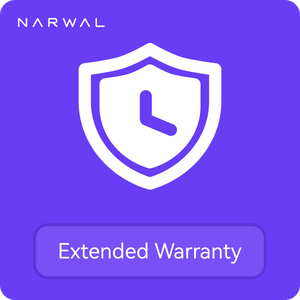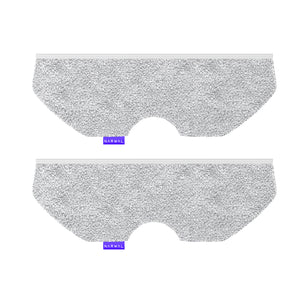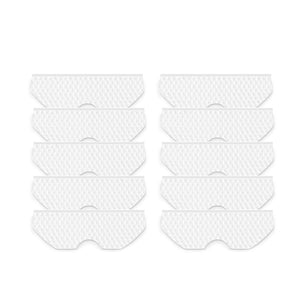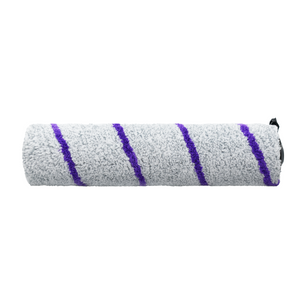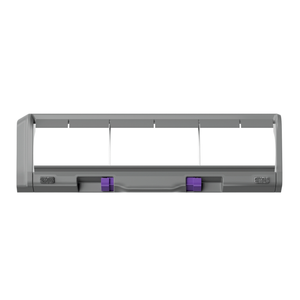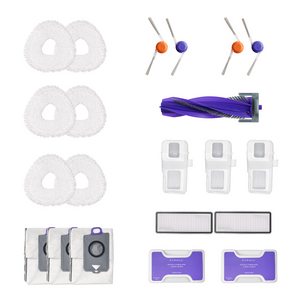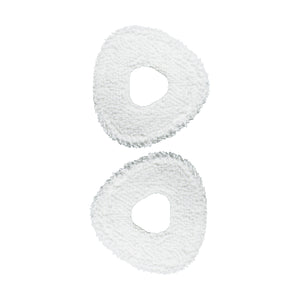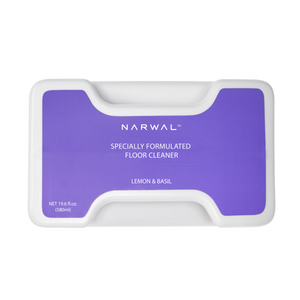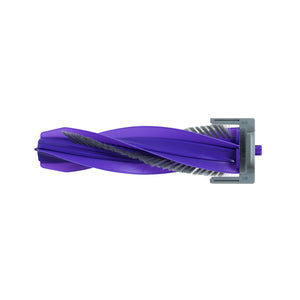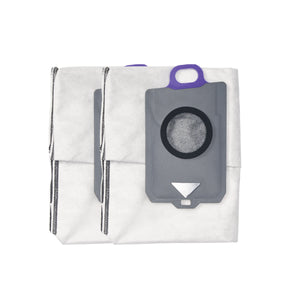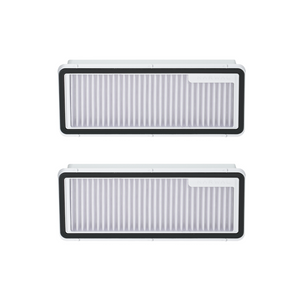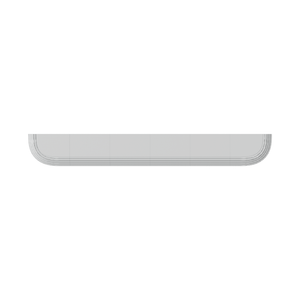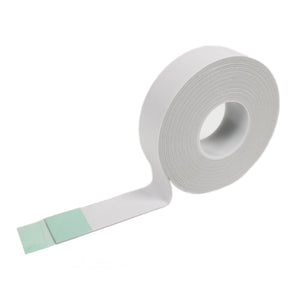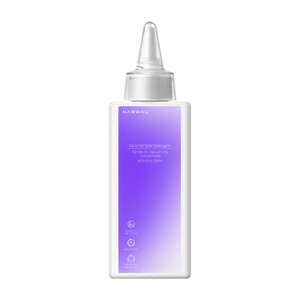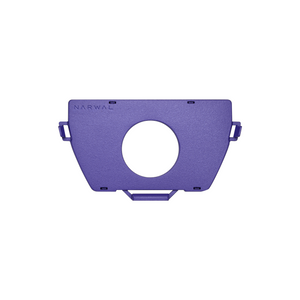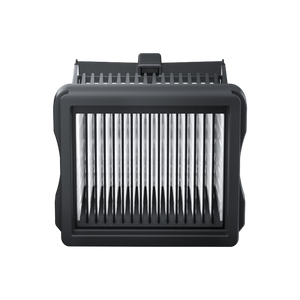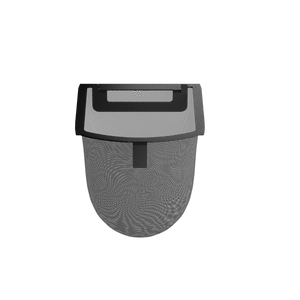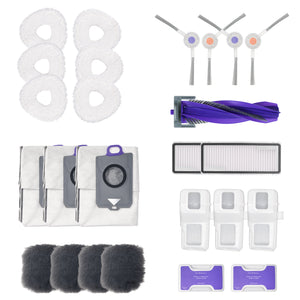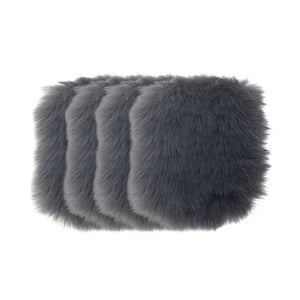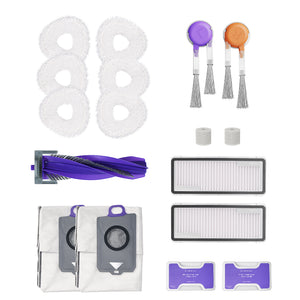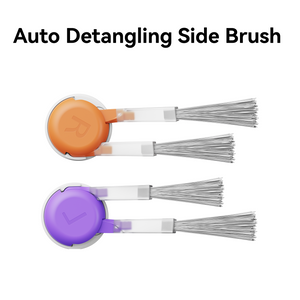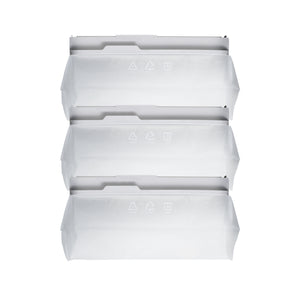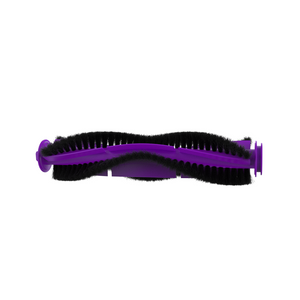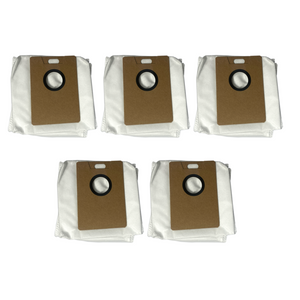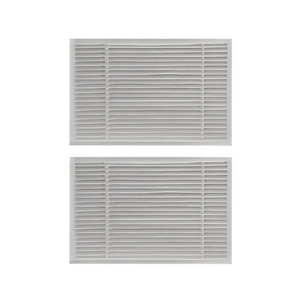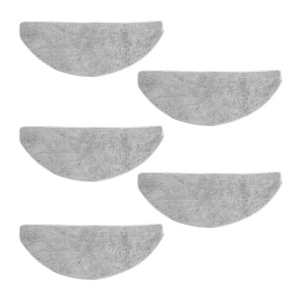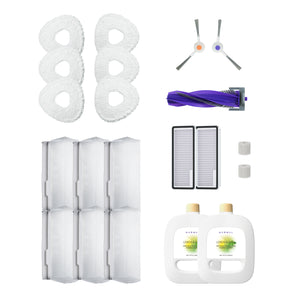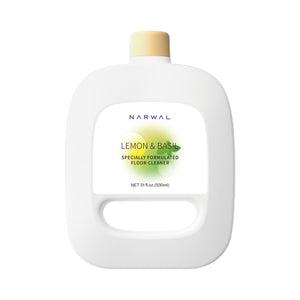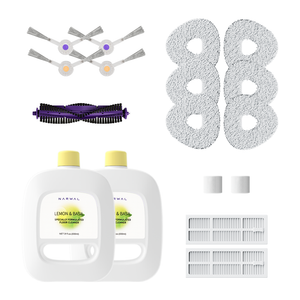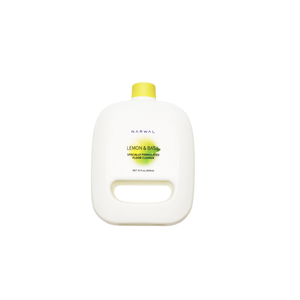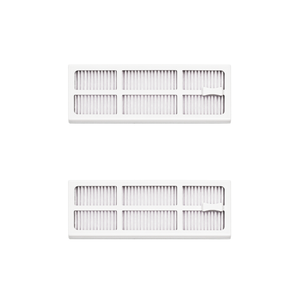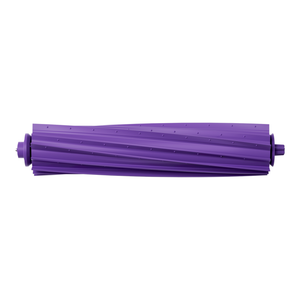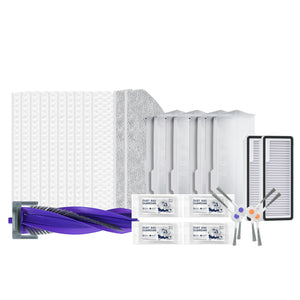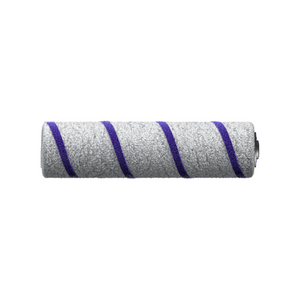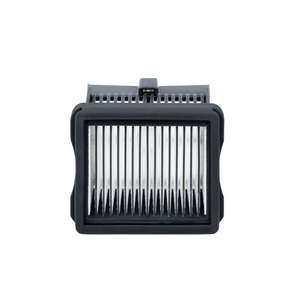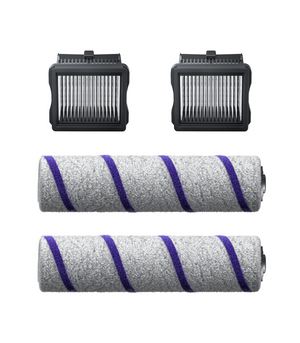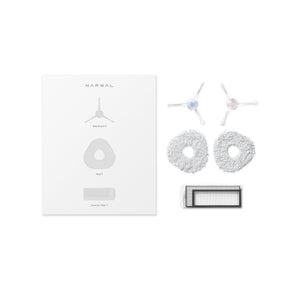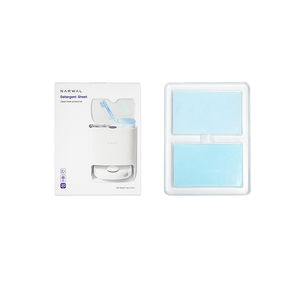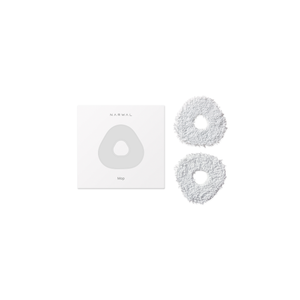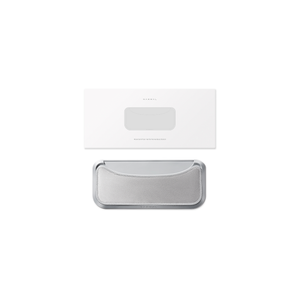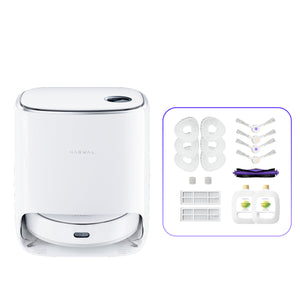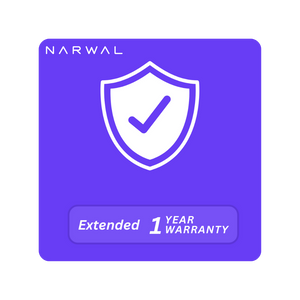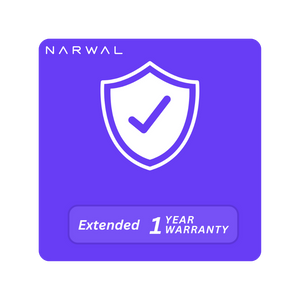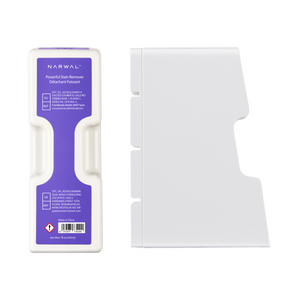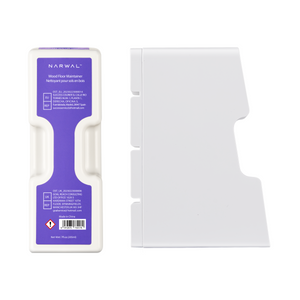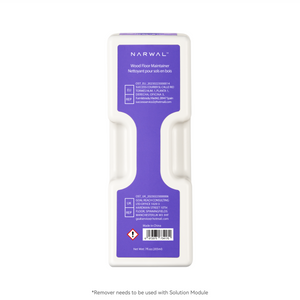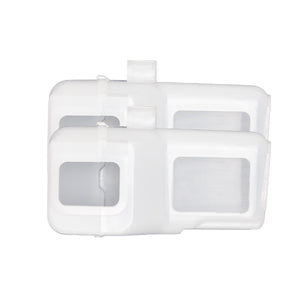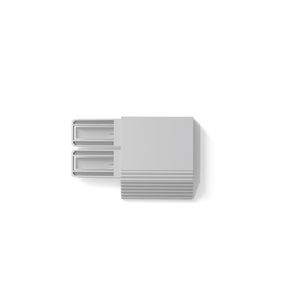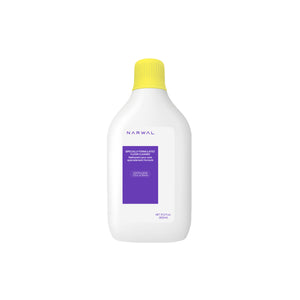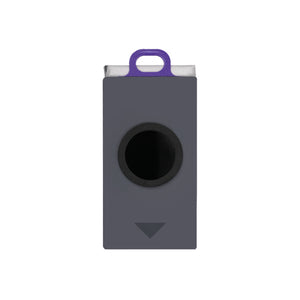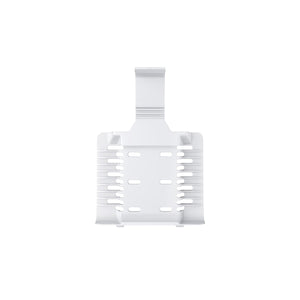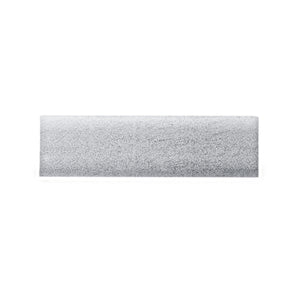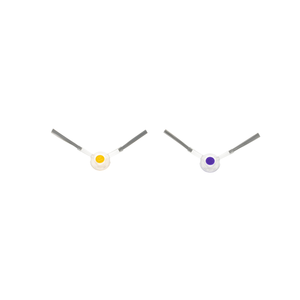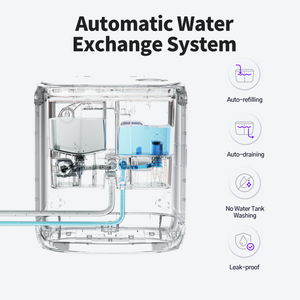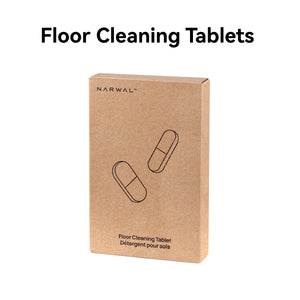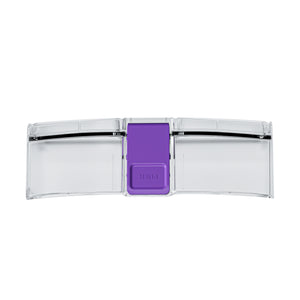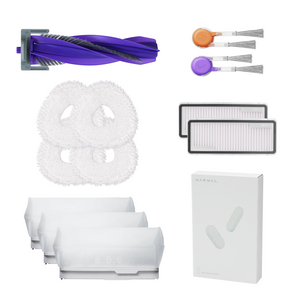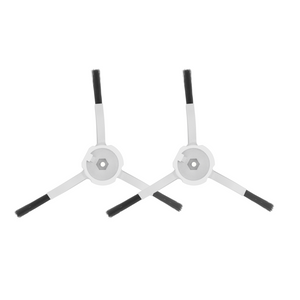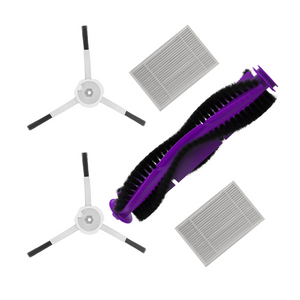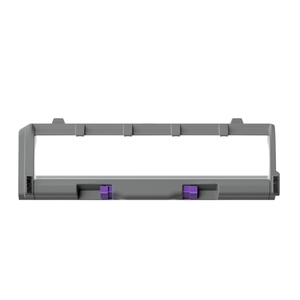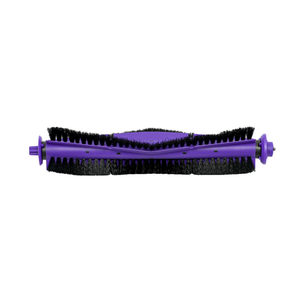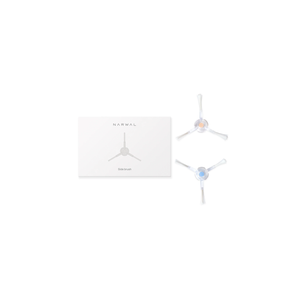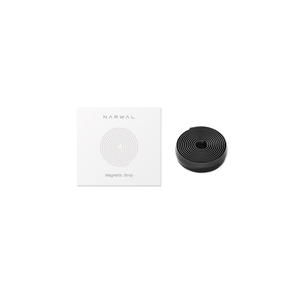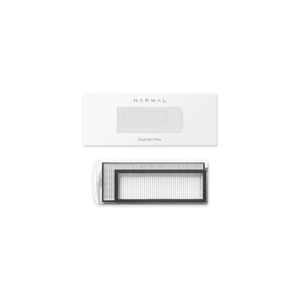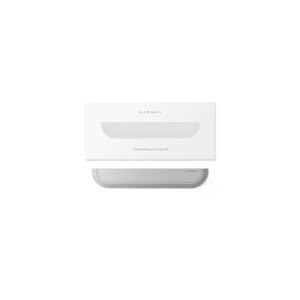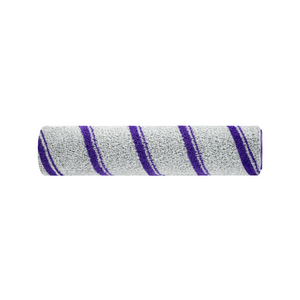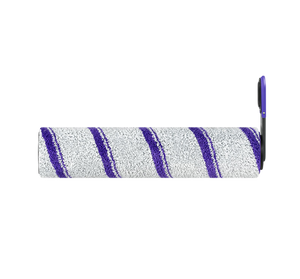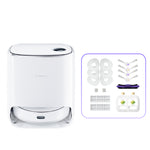You probably didn’t buy a robot vacuum to babysit it—but here you are, rescuing it from cords, corners, and random loops around the same chair leg.
That’s where LiDAR robot vacuums come in. Using laser mapping, they clean with purpose, avoid obstacles, and cover every inch without repeating or guessing.
In this guide, you’ll learn what LiDAR really is, how it compares to other navigation systems, and which models stand out. We’ll also break down the must-have features and help you pick the right model for your home.
What Is a LiDAR Robot Vacuum?
A LiDAR robot vacuum is a cleaning robot that uses laser-based sensors to scan your home and plan its cleaning path. It doesn’t guess where to go—it builds a map by measuring distances with laser beams. Then the map helps the vacuum clean in an organized, efficient way. Unlike older models that move randomly, LiDAR models clean with purpose and precision.
LiDAR is one of several navigation methods used in robot vacuums. Next, we’ll explain exactly what LiDAR does inside the vacuum, and how it compares to other systems like vSLAM or bump-and-go.
What Is LiDAR in Robot Vacuums?
LiDAR is a laser sensor that helps a robot vacuum measure room size, wall distance, and obstacles by bouncing light off surfaces.
It spins on top of the vacuum, scanning the space in all directions. The vacuum uses this data to build a real-time map of your home, so it knows where to clean and how to move without bumping into things.
How It Differs from vSLAM and Bump Navigation?
LiDAR uses lasers to measure distance, while vSLAM uses cameras, and bump navigation uses trial and error.
LiDAR creates fast, accurate maps in any lighting. vSLAM needs good lighting to see and may miss details in dark areas. Bump navigation doesn't map at all—it just moves until it hits something, then changes direction. LiDAR is more precise, more efficient, and less likely to miss spots or repeat paths.
Best LiDAR Robot Vacuums
The best LiDAR robot vacuums offer precise mapping, smart obstacle avoidance, and efficient cleaning. This section compares three top options: Narwal Freo Z10, Narwal Freo Z Ultra, and Narwal Freo Pro. Each model is equipped with advanced LiDAR mapping and designed for different needs—from simple daily cleaning to full automation.
Narwal Freo Z10

The Narwal Freo Z10 uses LiDAR 4.0 to scan your home and build a 3D map in just 8 minutes. It rotates 360 degrees and maps with high accuracy, even in tight or crowded rooms.
Its obstacle detection is precise down to the millimeter. It spots objects as small as 1 cm and cleans along edges within 5 mm, avoiding bumps and missed areas.
It also cleans corners better than most. The MopExtend feature moves the mop outward and pivots it to reach spots like baseboards and toe-kicks—places most robots ignore.
[cta:narwal-freo-z10-robot-vacuum-mop]
H3:Narwal Freo Pro

The Narwal Freo Pro is built for homes where hair tangles are a daily issue. It uses a DualFlow Tangle-Free system with a floating roller and auto-detangling side brush—both SGS-certified for 0% hair tangling. That means it clears long hair and pet fur without needing constant cleaning or manual unclogging.
Its LiDAR 4.0 navigation pairs with 3D structured light to detect small obstacles fast and map rooms with precision. The result: smoother navigation through cluttered spaces and cleaner edges, even around furniture legs. And the AI DirtSense feature checks how dirty the floor is and keeps mopping until the job is actually done, not just until the timer runs out.
[cta:narwal-freo-pro-robot-vacuum-mop]
Narwal Freo Z Ultra

The Narwal Freo Z Ultra takes LiDAR navigation further by pairing it with dual RGB cameras and twin AI chips, making it one of the smartest vacuums available. It doesn’t just map your home—it understands what it sees.
For obstacle avoidance, it’s more precise than laser alone. The Freo Z Ultra identifies over 120 types of objects, from socks to phone cables, and avoids them without pausing or bumping.
Using real-time visual data, it can tell dry messes from wet ones. The vacuum lowers its brush for crumbs and lifts it when mopping liquid spills to avoid spreading dirt. It reacts instantly and adjusts its cleaning mode on the spot.
[cta:narwal-freo-z-ultra-robot-vacuum-mop]
Key Features to Look for in a LiDAR Robot Vacuum
Not all LiDAR robot vacuums are created equal. Here, we’ll cover the key features that matter most: real-time mapping, room recognition, obstacle avoidance, no-go zones, and reliable app control for flexible cleaning schedules.
Whether you’re dealing with pets, high-traffic areas, or simply want a vacuum you don’t have to babysit, these are the features that separate smart robots from just okay ones.
-
Real-Time Mapping
With real-time mapping, the vacuum updates its layout as it moves, adjusting for open doors or shifted furniture. It responds to change instead of cleaning blindly.
-
Room Recognition
Room recognition lets the vacuum identify and label different spaces. You can assign different settings to each room and save multiple maps, making it ideal for multi-level homes.
-
Obstacle Avoidance
Basic LiDAR scans the layout, but advanced models combine it with structured light or dual cameras for better object detection. This helps the vacuum avoid cords, pet bowls, and low obstacles without trial and error.
-
No-Go Zones
With no-go zones, you can block off areas digitally in the app—no need for physical barriers. It’s especially useful in high-traffic areas or around fragile items.
-
App Control
A good app gives you full control—map views, custom routines, and the ability to tweak vacuum strength or mop settings by zone.
-
Cleaning Schedules
Cleaning schedules let you automate everything. You can set the robot to clean while you're at work or asleep. Some apps also support spot cleaning, so you can target messy areas without restarting the whole cycle.
How to Choose the Right LiDAR Robot Vacuum

To choose the right LiDAR robot vacuum, stop thinking in terms of “which one is best” and start asking “which one is best for how I live.”
Below is a high-impact buying guide based on real-world use, not spec-sheet hype. We’ll help you balance performance, price, and long-term value—so you don’t waste money or time.
1. Decide Your Budget and Must-Have Features
Start by setting your price range, but don’t shop on price alone.
If your budget is under $500, you’re likely choosing between basic LiDAR mapping and limited automation. Focus on core essentials like smart navigation, no-go zones, and decent suction. Skip features like auto mop washing—they’re rare at this tier and often underpowered.
In the $500–$800 range, expect stronger suction, better obstacle avoidance, and partial hands-free maintenance like self-emptying or mop drying.
Above $800, you’re paying for full automation: advanced AI object recognition, 3D mapping, custom cleaning routines, and zero-maintenance base stations. Choose this if you value time over tinkering and want a vacuum that stays out of your way.
2. Match the Vacuum to Your Home Type
Small apartments need compact robots with efficient LiDAR pathing, strong corner reach, and reliable app scheduling. Self-emptying isn’t critical here, but low noise and smart zoning are.
Large or multi-floor homes need vacuums that can store multiple floor maps, recharge and resume automatically, and clean by room. Best LiDAR robot vacuums in this category should combine laser and visual sensors for superior accuracy over large areas.
For Pet owners, You’ll need certified tangle-free brush systems, auto-detection for pet messes, and mops that lift instantly on carpet. Don’t skip these—manual fixes waste more time than they save.
Mixed floors (tile, hardwood, rugs) require vacuums with real-time surface detection and adaptive suction. Forget “mop-only” robots—they’ll ruin rugs or miss dust on hard floors.
Related Reading: How to Choose the Right Robot Vacuum for Your Home?
3. Look for Long-Term Value Not Just Specs
Specs help with comparisons, but they won’t tell you what living with the product feels like in month three. True value is built into daily use. Look for:
-
Solid mobile app design—updates, custom mapping, zone-specific control
-
Modular parts you can easily clean or replace
- Brands with good robot vacuum reviews on post-sale support, not just launch hype
The best robot is the one that needs the least from you—and keeps performing 12 months from now, not just on day one.
Common Concerns About LiDAR Robot Vacuums
Can LiDAR Vacuums Work in the Dark?
Yes, LiDAR vacuums work perfectly in the dark.
They rely on laser scanning instead of light-sensitive cameras, so they can navigate and map accurately even with no lighting.
Do They Invade Privacy With Sensors?
No, LiDAR sensors do not capture personal or visual data, and Narwal takes privacy seriously—even in models with cameras.
LiDAR uses laser pulses to measure distance and create spatial maps. It doesn’t take or store images. For models that include cameras, like the Freo Z Ultra, all visual processing happens locally on the device. Narwal does not store or transmit personal footage, and all data communication is encrypted by default.
Are LiDAR Vacuums Better Than Camera-Based Ones?
Yes, in most cases, LiDAR vacuums are more accurate and reliable.
LiDAR offers better navigation in low light, creates more precise maps, and avoids obstacles with higher consistency. Camera-based models can be helpful in recognizing specific objects, but they need light to work well and may struggle in cluttered or dark rooms.
Can I Use Them on Dark Floors or Rugs?
Yes, but some robot vacuums may hesitate on very dark or black surfaces—except Narwal models.
This is due to “cliff sensors” that rely on infrared light, which can be absorbed by dark materials. However, most newer LiDAR vacuums now include improved algorithms or alternative sensors that reduce false drop-offs and work reliably on dark floors.

Free Up Your Time Using a Narwal LiDAR Robot Vacuum
Choosing a LiDAR robot vacuum is less about chasing features and more about upgrading how your home stays clean—with less effort, more precision, and fewer surprises. When technology understands your space and adapts in real time, cleaning becomes one less thing to manage.
If you’re ready for a robot vacuum that fits your home and your habits, Narwal is a reliable place to start.
With thoughtful engineering, privacy-first design, and automation that actually works, Narwal is built not just to clean, but to stay out of your way.











